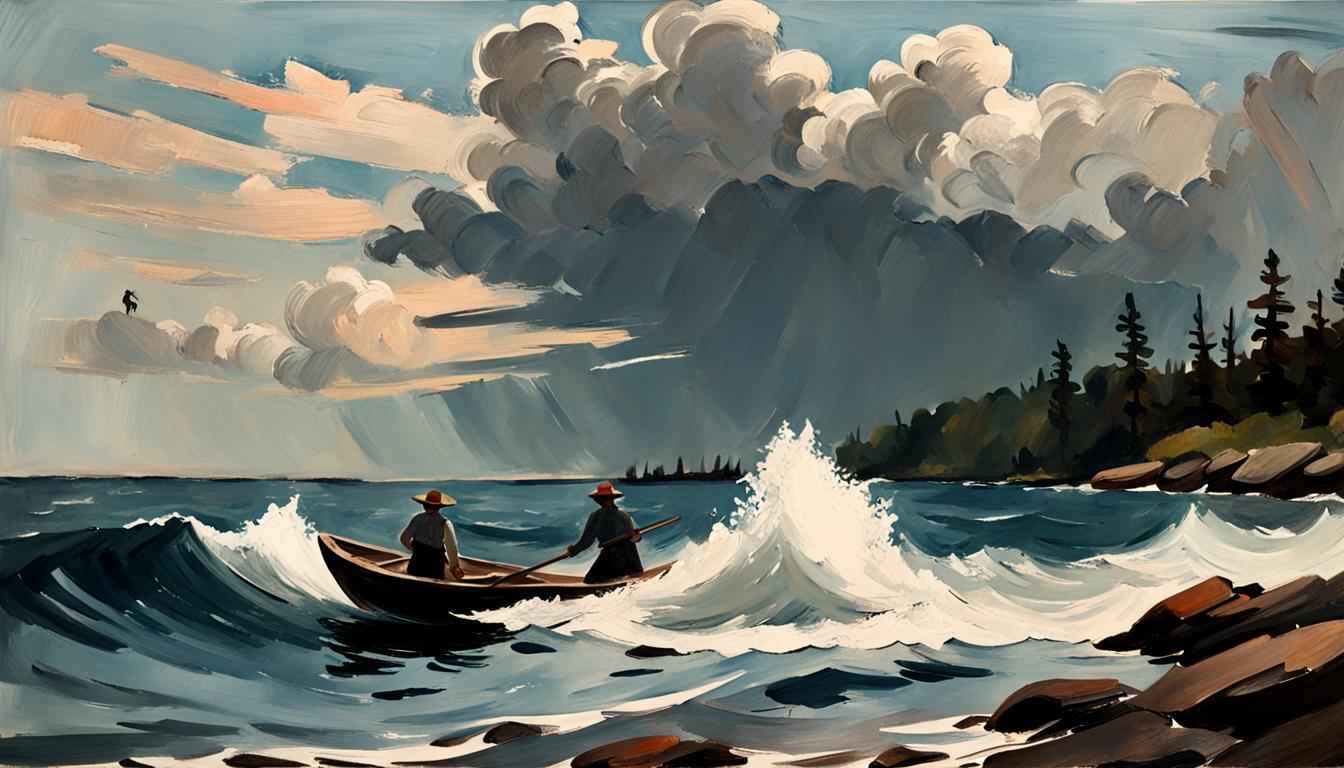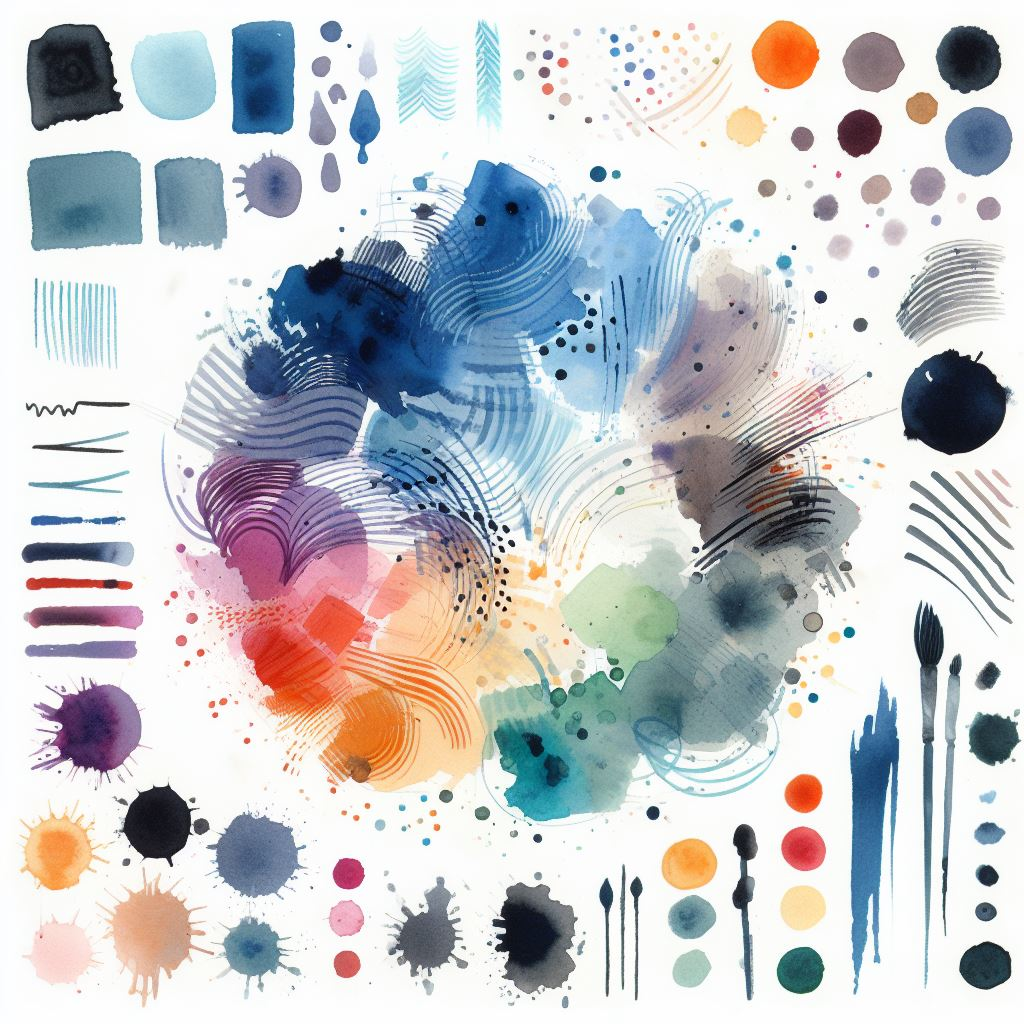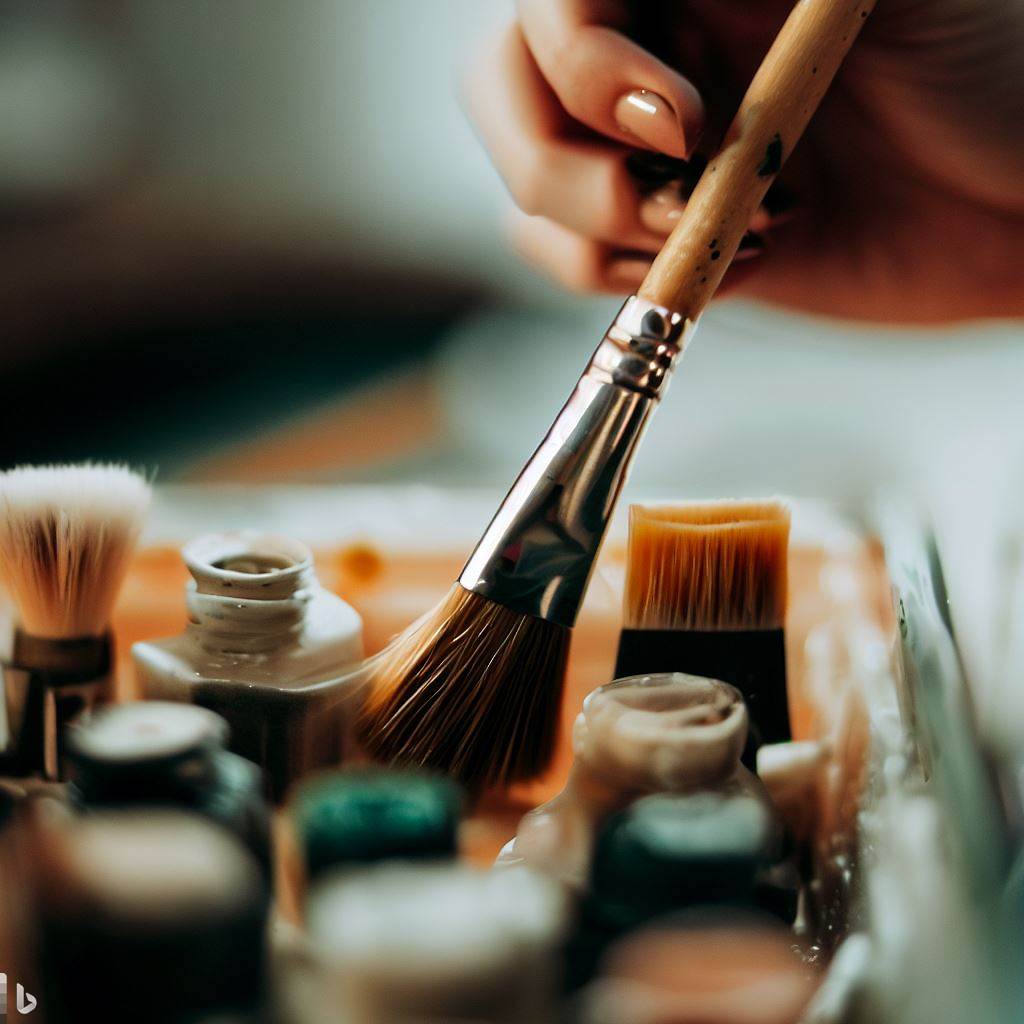Introduction to Watercolor Paint Brushes
Watercolor paint brushes are an essential tool for any watercolor artist. They come in a variety of shapes, sizes, and materials, each with its own unique purpose. The right brush can make all the difference in creating a beautiful watercolor painting.
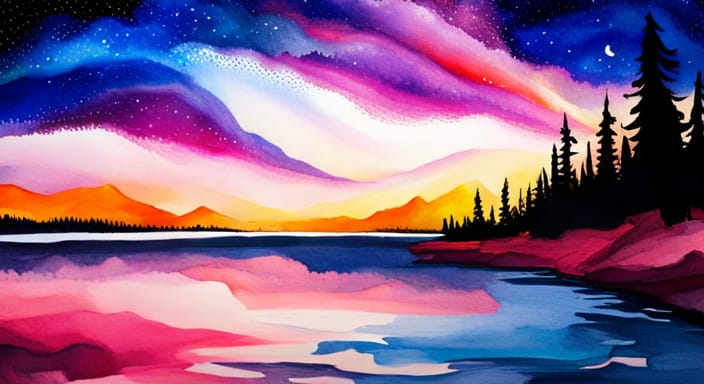
History of Watercolor Paint Brushes
The history of watercolor paint brushes is long and varied. The first watercolor brushes were likely made from animal hair, such as sable or squirrel. These brushes were very soft and delicate, and they were perfect for creating delicate watercolor washes.
In the 18th century, synthetic brushes began to be developed. These brushes were less expensive than animal hair brushes, and they were also more durable. Synthetic brushes quickly became popular with watercolor artists, and they are still the most popular type of watercolor brush today.
How to Choose the Right Watercolor Brush Types
There are many different types of watercolor paint brushes available. The most common types of watercolor brushes include:


- Round brushes: Round brushes are the most versatile type of watercolor brush. They can be used for a variety of techniques, including washes, lines, and details.
- Flat brushes: Flat brushes are good for creating large washes of color. They can also be used for creating textures and patterns.
- Angled brushes: Angled brushes are a combination of round and flat brushes. They are good for creating lines and details, as well as washes.
- Filbert brushes: Filbert brushes are similar to round brushes, but they have a flat edge. They are good for creating smooth washes of color.
- Fan brushes: Fan brushes are good for creating soft, feathery effects. They can also be used for creating washes of color.
When choosing watercolor paint brushes, there are a few things to keep in mind:
- Shape: The shape of the brush will determine what you can do with it. Round brushes are versatile and can be used for a variety of techniques. Flat brushes are good for creating large washes of color. Angled brushes are good for creating lines and details. Filbert brushes are good for creating smooth washes of color. Fan brushes are good for creating soft, feathery effects.
- Size: The size of the brush will determine how much paint it can hold. Smaller brushes are good for details, while larger brushes are good for washes.
- Material: Watercolor brushes can be made from a variety of materials, including animal hair, synthetic hair, and bamboo. Animal hair brushes are the most expensive, but they are also the softest and most delicate. Synthetic hair brushes are less expensive than animal hair brushes, and they are also more durable. Bamboo brushes are a good option for beginners, as they are affordable and easy to care for.
Watercolor Brush Sizes and Their Uses
Watercolor brush sizes are typically numbered, with smaller brushes having lower numbers and larger brushes having higher numbers. The most common watercolor brush sizes range from 000 (small) to 24 (large). However, there is some variation in brush sizes between brands.
- 000 – This is the smallest watercolor brush size and is ideal for fine detail work.
- 00 – This brush size is slightly larger than a 000 brush and is good for general detail work.
- 1 – This brush size is a good all-purpose brush size that can be used for a variety of tasks, such as washes, details, and linework.
- 2 – This brush size is larger than a 1 brush and is good for washes and larger areas of color.
- 4 – This brush size is even larger than a 2 brush and is good for large washes and backgrounds.
- 6 – This brush size is the largest of the commonly available watercolor brush sizes and is good for very large washes and backgrounds.
How to Care for Watercolor Paint Brushes
Watercolor paint brushes need to be cared for properly in order to last. Here are a few tips for caring for watercolor paint brushes:
- Clean your brushes after each use: Rinse your brushes with clean water and then shape them into their original shape. You can use a mild soap if necessary, but be sure to rinse the soap off thoroughly.
- Let your brushes dry flat: Do not hang your brushes or store them in a cup. This can cause the bristles to warp.
- Store your brushes in a cool, dry place: This will help to prevent the bristles from drying out.
By following these tips, you can keep your watercolor paint brushes in good condition and enjoy them for years to come.
Best Professional Paint Brushes
| Rank | Name | Price | Features |
|---|---|---|---|
| 1 | Purdy XL Swan Flat Paint Brush | $16.99 | Made with high-quality natural bristles that hold a lot of paint and release it evenly. |
| 2 | Wooster Shortcut Angled Brush | $12.99 | Made with synthetic bristles that are soft and durable. |
| 3 | Purdy XL Elite Dale Sash Paint Brush | $14.99 | Made with a combination of natural and synthetic bristles that are ideal for a variety of painting projects. |
| 4 | Richard 80833 Goose Neck Angular Paint Brush | $19.99 | Ergonomic design with a long, flexible neck for reaching hard-to-reach areas. |
| 5 | Proform Pro-Ergo 70/30 Blend Angle Sash Paint Brush | $17.99 | Ergonomic design with a cushioned grip for comfort and control. |
These are just a few of the many great professional paint brushes on the market.
Best Beginner Paint Brushes
| Rank | Name | Price | Features |
|---|---|---|---|
| 1 | Princeton Heritage Series 36030 Synthetic Flat Brush | $5.99 | Made with durable synthetic bristles that hold a lot of paint and release it evenly. |
| 2 | Wooster Pro Mop | $4.99 | Made with soft, durable synthetic bristles that are ideal for a variety of painting projects. |
| 3 | Raphael 8404 Kolinsky Sable Round Brush | $12.99 | Made with high-quality kolinsky sable bristles that are soft, flexible, and durable. |
| 4 | Winsor & Newton Series 7 Round Brush | $19.99 | Made with high-quality kolinsky sable bristles that are soft, flexible, and durable. |
| 5 | Da Vinci Maestro Series 155 Round Brush | $14.99 | Made with high-quality sable bristles that are soft, flexible, and durable. |
These are just a few of the many great beginner paint brushes on the market. When choosing a brush, it is important to consider the type of paint you will be using, the size of the project, and your budget.
Here are some additional tips for choosing the best beginner paint brushes:
- Consider the type of paint you will be using. Some brushes are better suited for water-based paints, while others are better suited for oil-based paints.
- Consider the size of the project. If you are painting a large surface, you will need a larger brush. If you are painting a small surface, you can use a smaller brush.
- Consider your budget. There are a wide range of prices for paint brushes. Choose a brush that fits your budget and your needs.
Paint Brush Sets
As an alternative to individual paint brushes, perhaps consider paint brush sets. Here are some examples below:
| Rank | Name | Price | Features |
|---|---|---|---|
| 1 | Winsor & Newton Series 7 Kolinsky Sable Brush Set | $199.95 | Made with the finest kolinsky sable bristles, these brushes are soft, flexible, and durable. They are ideal for a variety of painting techniques, including watercolor, oil, and acrylic. |
| 2 | Raphael 8404 Kolinsky Sable Brush Set | $149.95 | Made with high-quality kolinsky sable bristles, these brushes are soft, flexible, and durable. They are ideal for a variety of painting techniques, including watercolor, oil, and acrylic. |
| 3 | Da Vinci Maestro Series 155 Kolinsky Sable Brush Set | $129.95 | Made with high-quality kolinsky sable bristles, these brushes are soft, flexible, and durable. They are ideal for a variety of painting techniques, including watercolor, oil, and acrylic. |
| 4 | Princeton Heritage Series 36030 Synthetic Brush Set | $49.95 | Made with durable synthetic bristles, these brushes are soft, flexible, and affordable. They are ideal for a variety of painting techniques, including watercolor, oil, and acrylic. |
| 5 | Wooster Pro Mop Set | $39.95 | Made with soft, durable synthetic bristles, these brushes are ideal for a variety of painting techniques, including watercolor, oil, and acrylic. They come in a variety of sizes, including a mop brush, a flat brush, and a round brush. |
These are just a few of the many great paint brush sets on the market. When choosing a brush set, it is important to consider the type of paint you will be using, the size of the project, and your budget.
Tips for choosing the best paint brush set:
- Consider the type of paint you will be using. Some brushes are better suited for water-based paints, while others are better suited for oil-based paints.
- Consider the size of the project. If you are painting a large surface, you will need a larger brush set. If you are painting a small surface, you can use a smaller brush set.
- Consider your budget. There are a wide range of prices for paint brush sets. Choose a set that fits your budget and your needs.

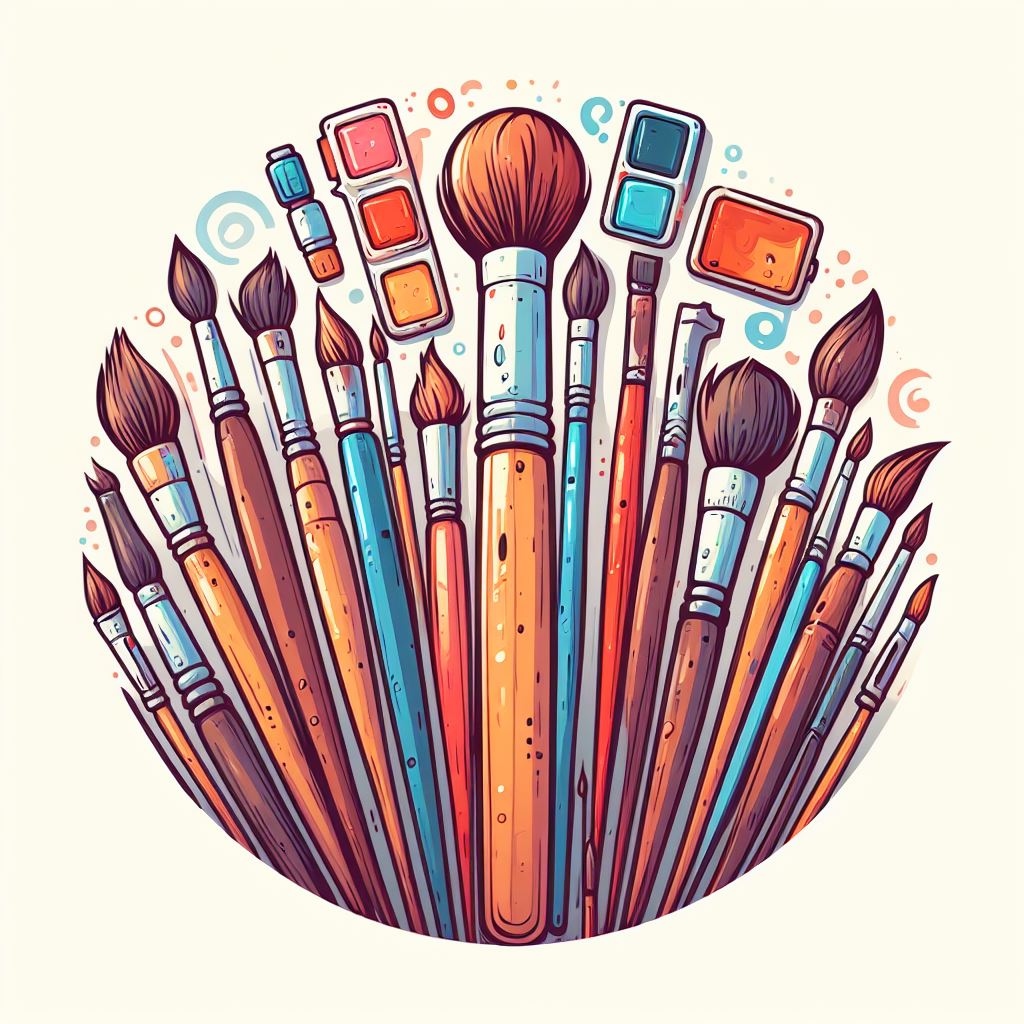 | Best Selection of Brushes from Beginners to Expert. Brushes for every Budget. Shop here |
With a little research, you can find the perfect beginner paint brushes for your next project.
